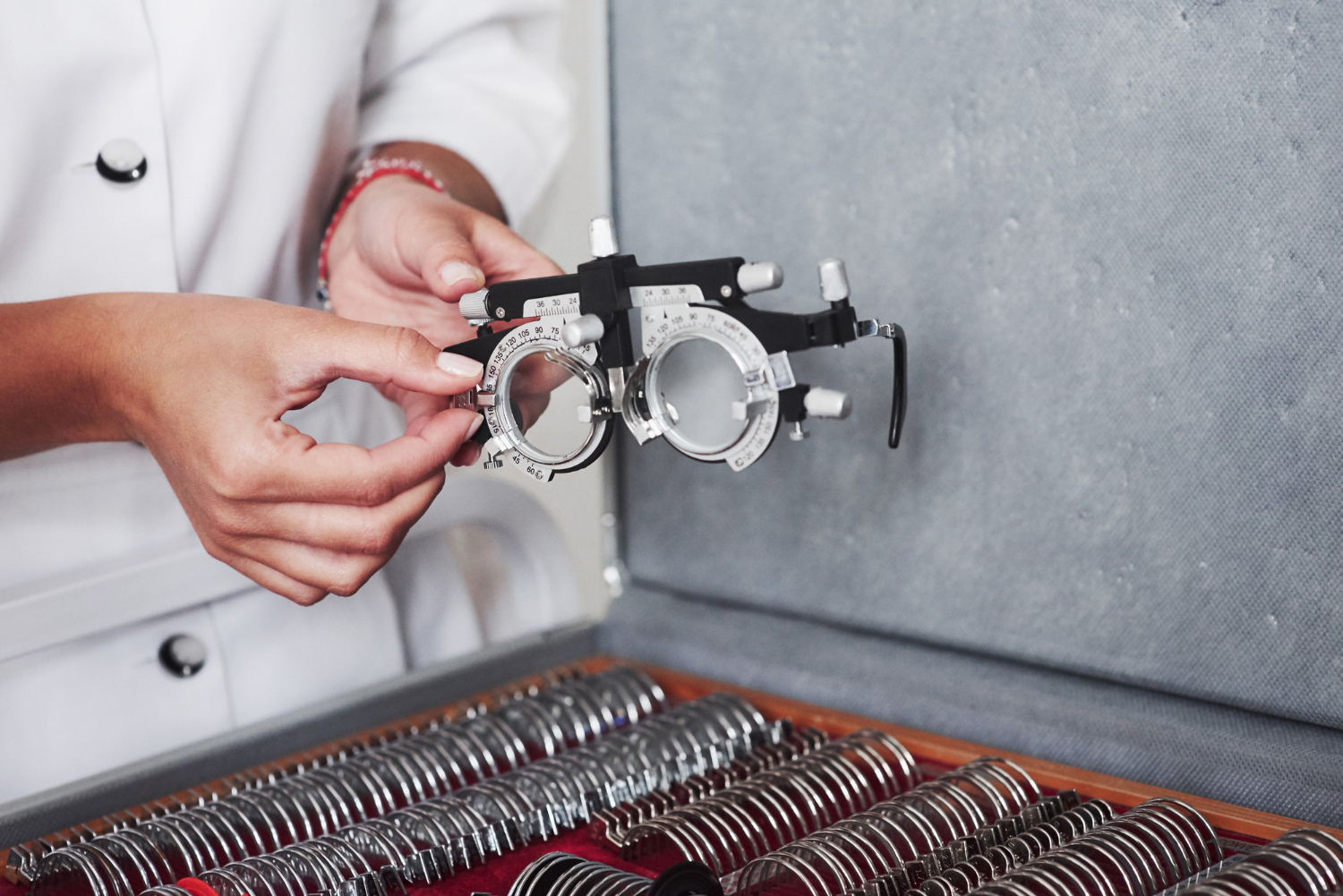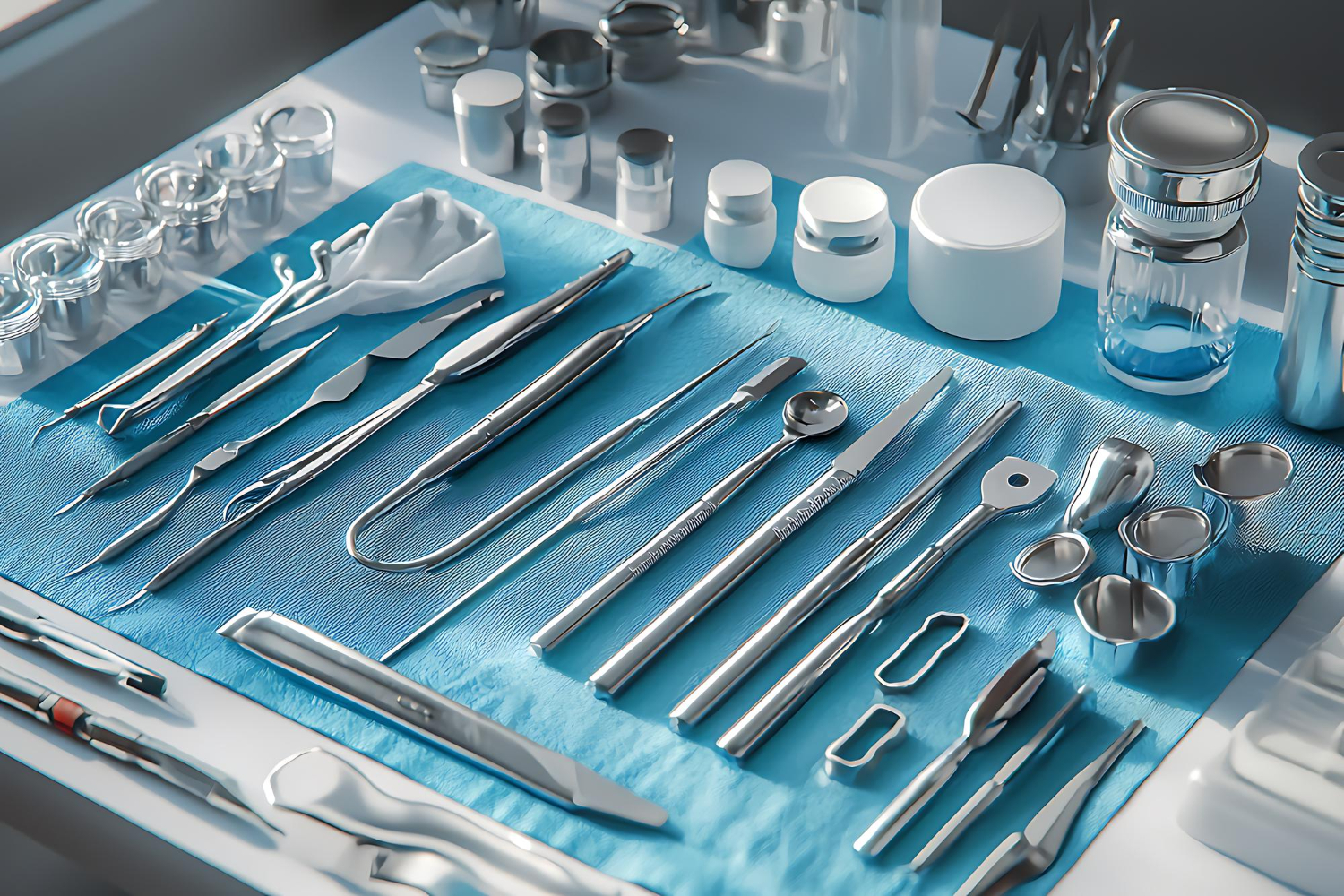Now you see me
Download Pdf
Stainless steel finds one of its most demanding uses in ophthalmic surgery. Here, it becomes a determining factor for surgical precision, patient safety, and operational efficiency.
Ophthalmology, working with millimetre structures and extremely delicate tissues, demands instrumentation that combines durability, dimensional stability (no deformation) and an impeccable response to repeated sterilisation processes.
In this context, the stainless alloy, carefully formulated to resist corrosion even after multiple autoclave cycles (a device used to sterilise objects by steam, temperature or radiation), provides a reliability that few other materials offer. Its polished surface prevents unwanted reflections, a crucial detail when the surgeon operates under a microscope, where any glint can compromise visibility and, therefore, the precision of the gesture.

Instruments designed for interventions such as cataract surgery, glaucoma (when the optic nerve is damaged), or corneal transplantation are made of stainless steel for hygienic reasons but also for their structural response. The strength of the material allows for extremely fine finishes without the risk of deformation, maintaining the exact shape of forceps, scissors or spatulas. In addition, its lightness favours precise and comfortable handling. In prolonged interventions, it reduces hand fatigue and allows absolute control of the pulse, as it does not require excessive effort to hold the instruments.

Interaction with other materials is also a factor to consider. Stainless steel is biocompatible with intraocular lenses (artificial lenses that are inserted into the eye to correct a refractive or prescription defect), and other devices used in this field. It does not generate metallic residues, does not react with ophthalmic fluids, and maintains its integrity even in surgical environments with high humidity and temperature.
From a technical point of view, AISI 316L austenitics are used for these surgical tools, balancing chromium, nickel and molybdenum to reinforce their strength without sacrificing other aspects such as machinability. For cutting tools, it is martensitics that offer the hardness needed to retain a long-lasting edge without compromising surgical precision.
In every scalpel handle, scissors or spatula, there is detailed engineering that makes the stainless an extension of the skilled hand that uses it.